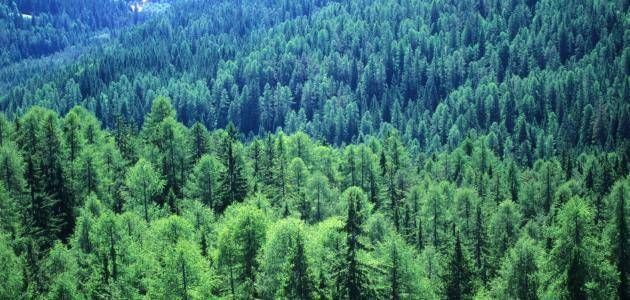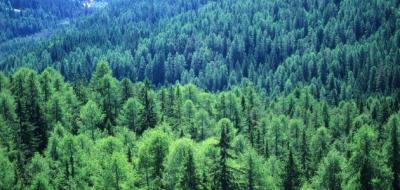Climate change is leading to a new trend that could permanently affect forests across North America. In a recent study conducted by researchers from Duke University, experts reported that while younger trees in the eastern part of the continent increased their seed production, forests in the western region of North America became less productive.
The study's lead author, Professor James S. Clark, explains that this continental division, described for the first time, could significantly alter the composition and structure of North America's forests in the 21st century. Drought and rising temperatures increasingly affect many western states, leading to widespread forest degradation. The decline in seed production may limit the ability of western forests to regenerate and survive.
According to Professor Clark, understanding these contrasting responses and the reasons behind them will assist scientists in more accurately predicting future changes in North American forests and developing conservation and management strategies to mitigate the impacts of those changes. Notably, through collaboration with scientists from 48 different institutions, Professor Clark analyzed data from trees in the Monitoring, Assessment, and Spatial Temporal Inference Framework (MASTIF), which includes over 500 long-term field research sites across North America.
It is important to highlight that the potential for forest regeneration primarily depends on tree fertility, or the trees' ability to produce and disperse seeds in natural habitats where survival chances are good. Measuring seed production or fertility is crucial to determine how trees will respond to climate change in the future, yet this ecological process is variable and difficult to predict. In fact, tree fertility changes over time based on several factors such as tree size, age, and the availability of water or light. Seed production is also driven by two indirect climatic effects: climate-dependent growth impacts and size-dependent climate effects.
According to the study's authors, these two indirect climatic factors are not currently accounted for in the models used to predict future changes in forests. Professor Clark adds, "The only major demographic process that drives the forest response to climate change for which we lacked field estimates was this one."
To address this issue, Professor Clark developed a new statistical program that allowed him to integrate decades of MASTIF data on tree size, age, canopy spread, and resource access for nearly 100,000 individual trees. The analysis showed that at the continental level, fertility increases with greater tree growth, while seed production only increases to a certain point before it begins to decline as the tree ages and grows larger, which explains the significant difference between eastern and western North American forests.
Professor Clark further noted, "Most trees in the eastern part of the country are young, growing rapidly, and fall into the medium size category where fertility increases. Therefore, any indirect climatic effect that stimulates their growth increases their seed production. On the other hand, we see exactly the opposite happening with larger, older trees in western North America. There are young and old trees in both regions, but the areas differ enough in their size structure to respond differently to climate and weather changes. Now that we have a comprehensive understanding of how all these factors work together, the next step is to apply it to individual species or situations and integrate it into the models we use to predict future forest changes."




